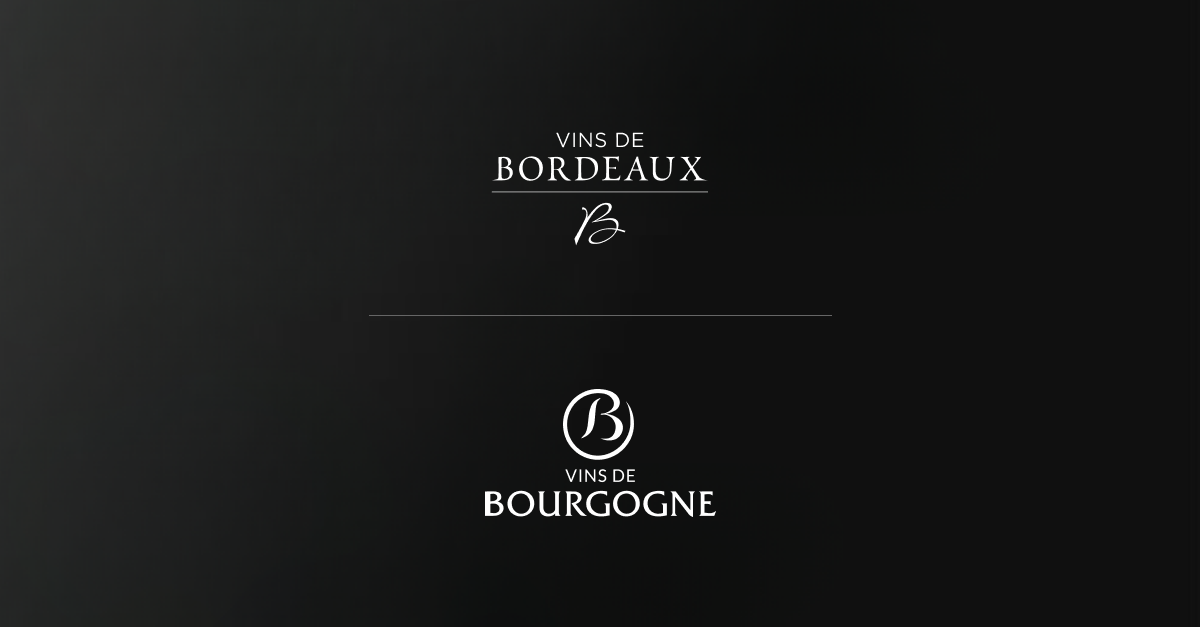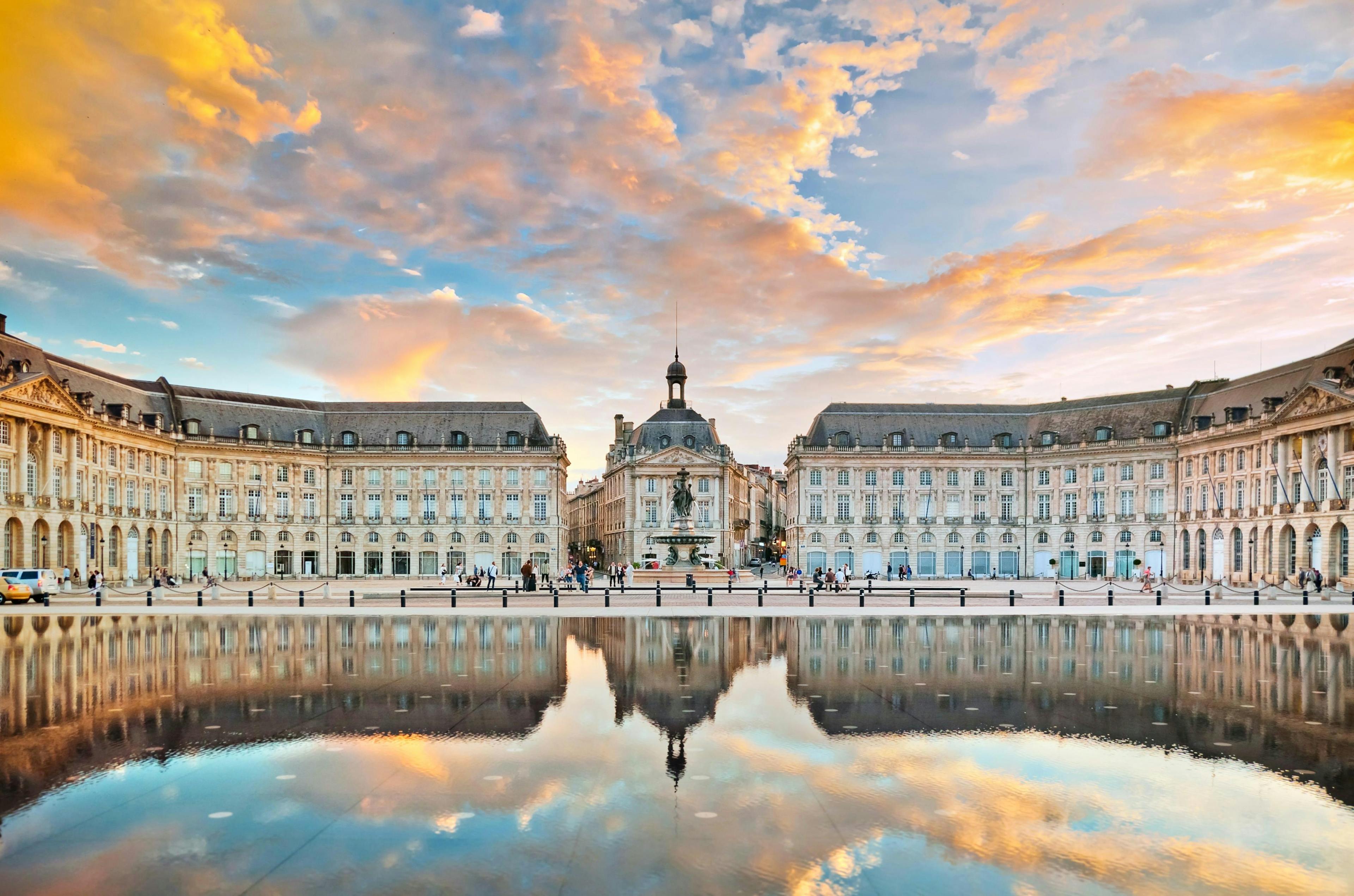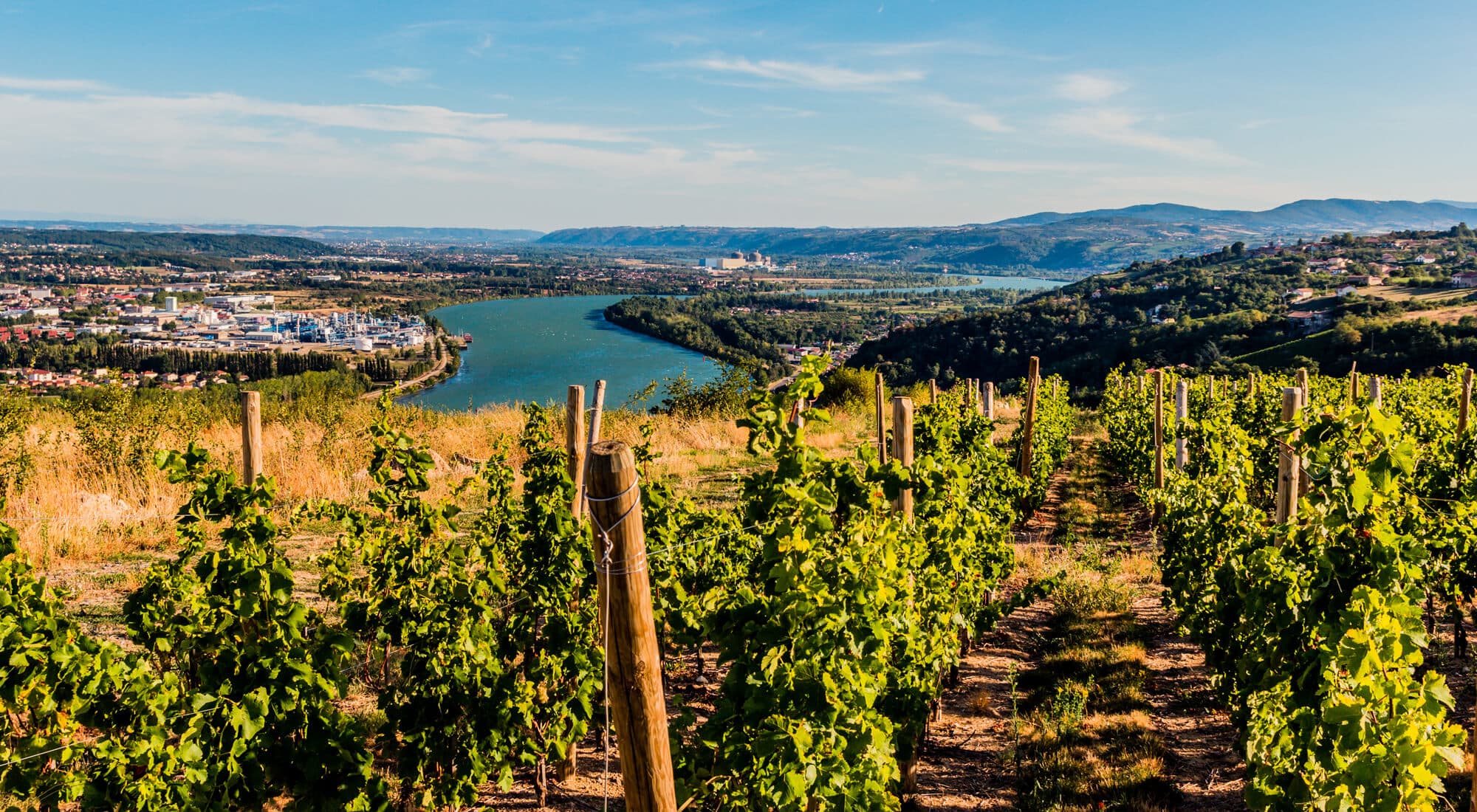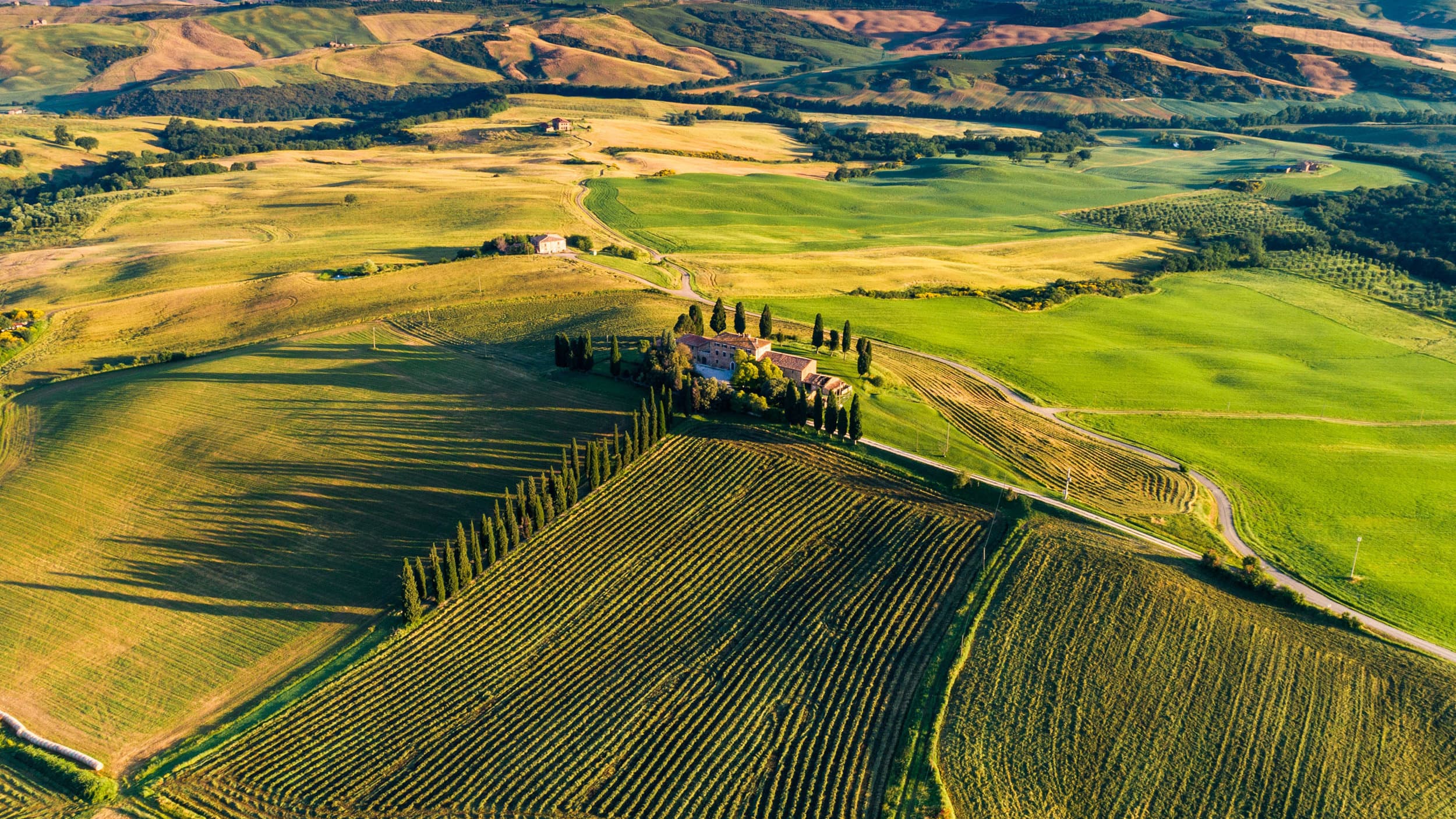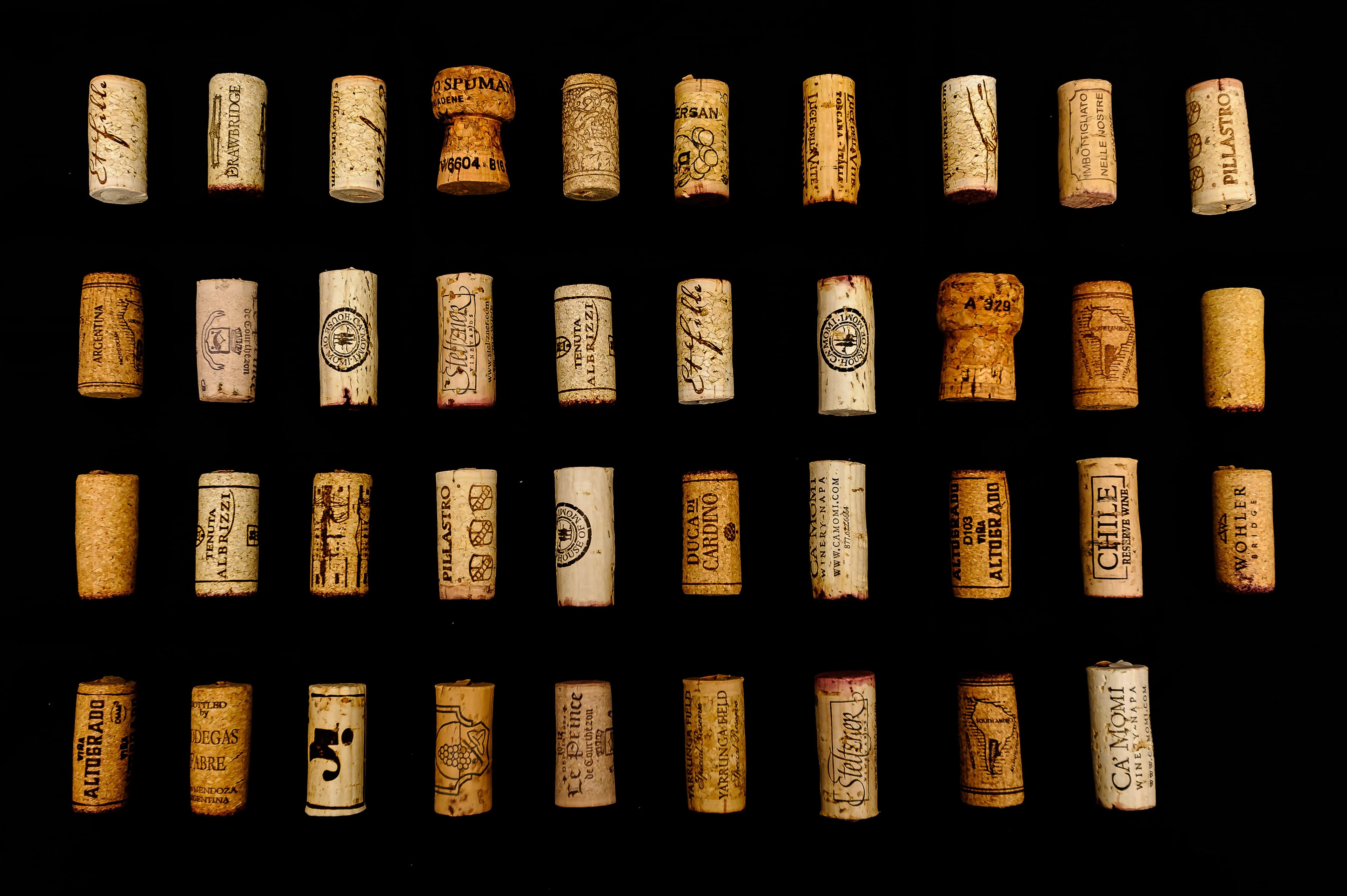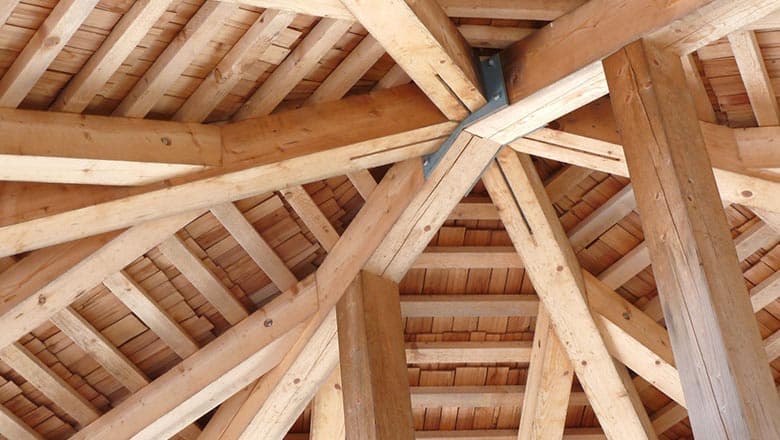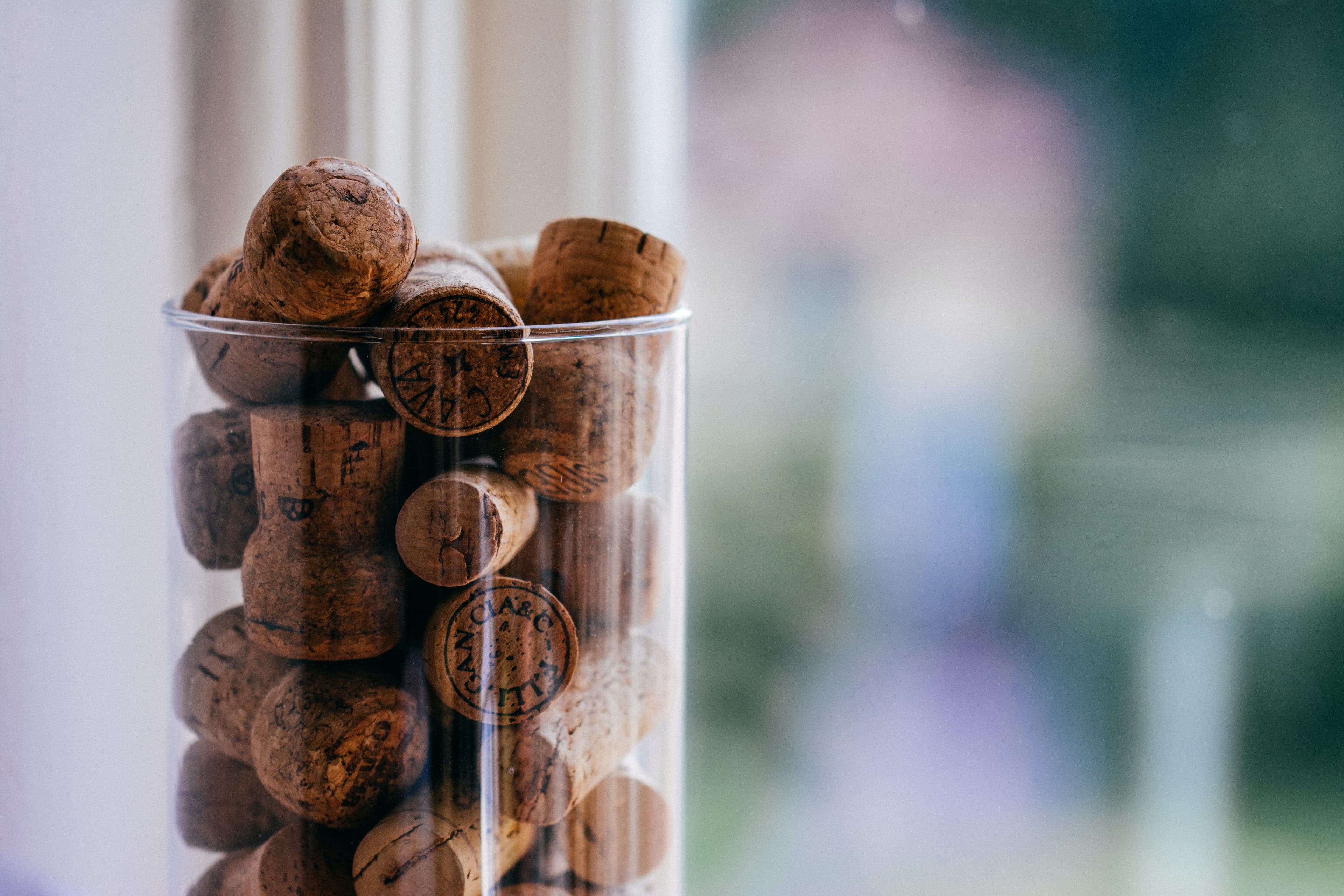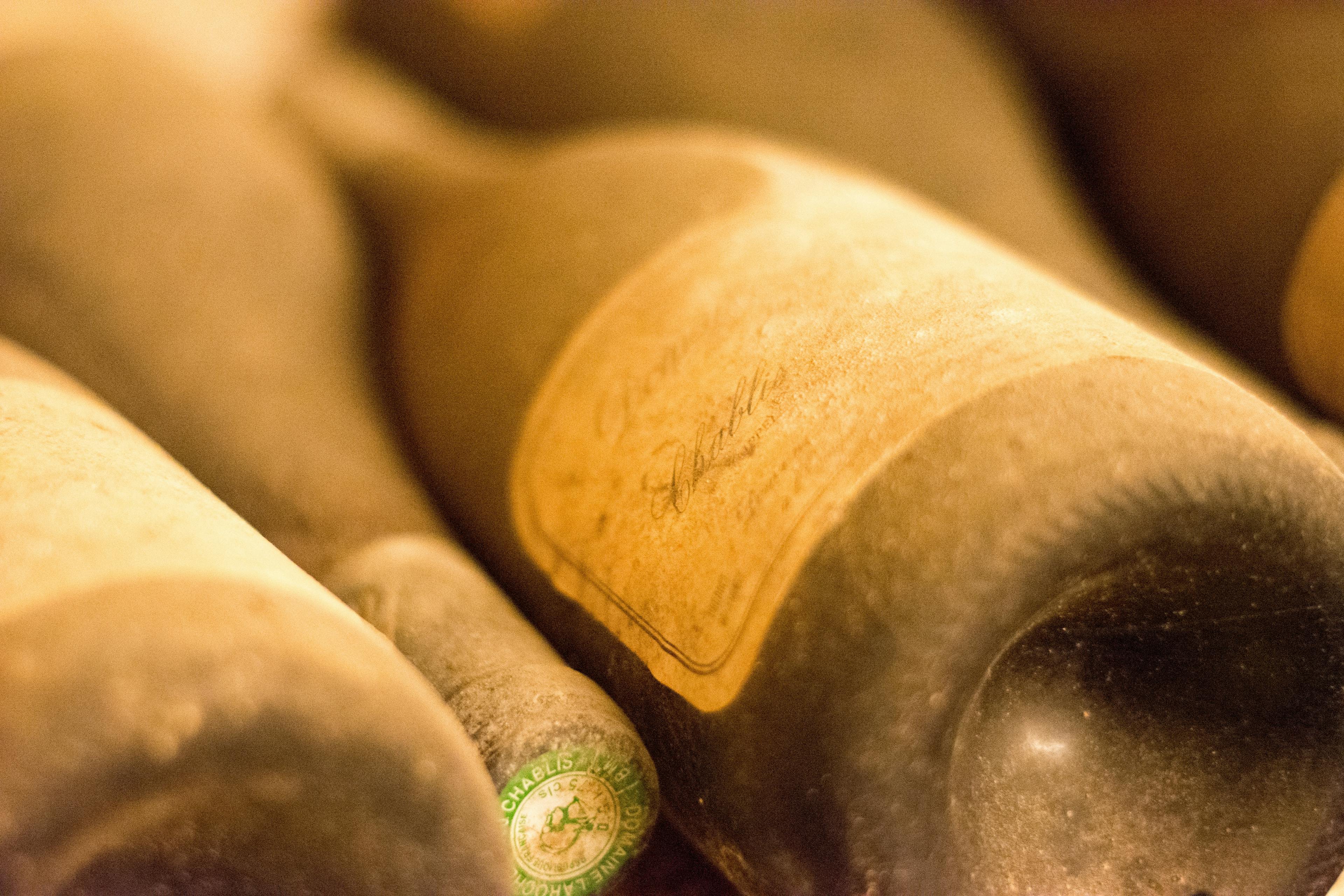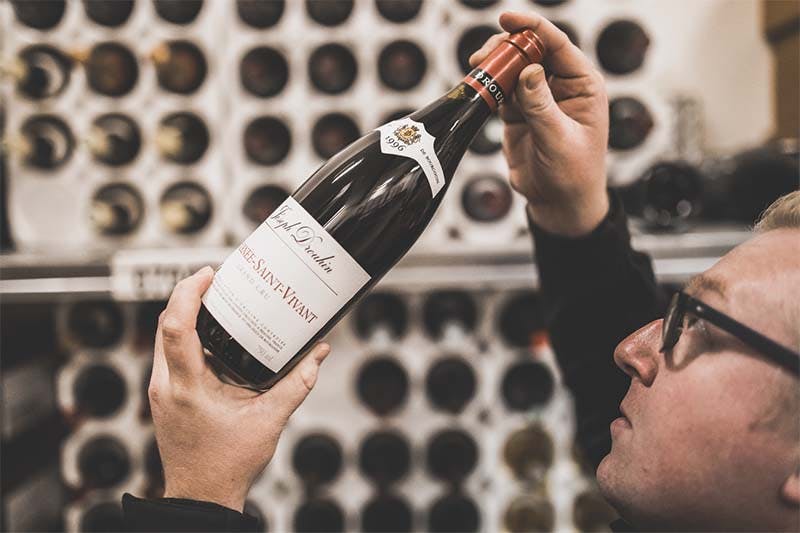
Discover the fascinating history of Château Clinet, a prestigious winery nestled in the heart of Pomerol, France. This article delves into the origins and development of Château Clinet, tracing its journey from a humble estate to a beacon of winemaking excellence. Learn about the key figures, historical milestones, and the unique terroir that contribute to the distinctiveness of its wines. Whether you're a wine enthusiast or a history buff, this exploration offers a compelling glimpse into the legacy of one of France's most esteemed vineyards.
Origins and Early History of Château Clinet
The origins of Château Clinet trace back to the 16th century, nestled in the prestigious Pomerol appellation on Bordeaux's Right Bank. Initially part of a larger estate, it gained individual recognition in the 19th century when it began producing its own distinct wines. This period marked the beginning of Château Clinet's reputation for quality, as it started to cultivate a unique terroir characterized by gravel and clay soils, ideal for growing Merlot grapes which dominate its vineyards.
Throughout its early history, the estate was passed through various hands, each contributing to its development and modernization. Techniques in viticulture and winemaking evolved, significantly impacting the wine's complexity and depth. By the 20th century, Château Clinet had established itself as a leader in Pomerol, known for producing rich, velvety wines with remarkable aging potential.
For enthusiasts looking to enhance their experience, exploring food pairings can be particularly enlightening. Here are some top choices:
Duck breast with berry sauce
Roasted lamb with herbs
Truffle-infused pasta
Aged cheeses like Gouda or Brie
Dark chocolate desserts
Each pairing is designed to complement the wine’s robust profile, elevating both the dish and the drink.
Key Figures in the Development of Château Clinet
Château Clinet, a renowned name in the Pomerol wine region, has been shaped significantly by several key figures. Initially, the estate was merely part of a larger domain owned by the Constant family. However, in the 19th century, the property came under the ownership of the Audy family, who were instrumental in establishing its reputation for producing fine wine.
In the 1980s, Jean-Michel Arcaute emerged as a pivotal figure. His innovative approach to winemaking and vineyard management marked a new era for Clinet. Arcaute's methods, which included lower yields and the introduction of new oak barrels, were revolutionary at the time and set a benchmark for quality in the region.
Following Arcaute, Ronan Laborde took over in 2004 and continued to enhance the estate's profile. His commitment to sustainable practices and meticulous attention to detail in both the vineyard and the cellar helped serve Clinet's wines to a broader international audience.
Constant Family: Early owners, established the groundwork.
Audy Family: Propelled the initial fame.
Jean-Michel Arcaute: Innovator of modern techniques.
Ronan Laborde: Focus on sustainability and quality.
Château Clinet Through the Wars: A Survival Story
Château Clinet, nestled in the heart of Pomerol, Bordeaux, has a remarkable tale of endurance, particularly through the tumultuous periods of war. This estate, dating back to the late 1800s, faced numerous challenges during both World Wars. During World War I, the château served as a haven for soldiers, transforming its peaceful vineyards into temporary shelters. The resilience of the vineyard workers, who continued to cultivate the vines amidst chaos, ensured the survival and continuity of wine production.
World War II brought its own set of trials. The German occupation of France saw many Bordeaux estates seized, but Château Clinet managed to operate under precarious conditions. Secretly, the staff safeguarded their most valuable vintages by walling off sections of the cellar. This act of bravery preserved many of the estate's historic vintages, which are now considered legendary.
Today, the characteristics of Château Clinet's wines reflect this storied past. Each bottle encapsulates not just the rich, velvety flavors typical of Pomerol but also a spirit of resilience and dedication. Visitors and wine enthusiasts who explore the château's history will find:
A deep appreciation for the estate's strategic efforts to protect its heritage during wartime.
Recognition of the unique terroir that continued to produce exceptional wines even in the hardest times.
Milestones in Château Clinet's Winemaking Journey
Château Clinet, located in the prestigious Pomerol appellation, has experienced significant milestones that have shaped its winemaking journey. Initially recognized for its Merlot-dominated blends, the estate has evolved, focusing on producing wines that reflect both the terroir and innovative viticulture practices.
17th Century Beginnings: The estate's origins trace back to the 1600s, initially serving as a farm before focusing on viticulture.
1980s Renaissance: Under the management of Jean-Michel Arcaute, the château underwent major renovations and adopted modern winemaking techniques, which significantly improved the quality of its wines.
1998 Vintage Breakthrough: This year marked a turning point with the production of an exceptionally well-received vintage, placing Château Clinet among the top wines of Pomerol.
Sustainable Practices: Recent years have seen the estate commit to sustainable agriculture, reducing chemical use and preserving the natural ecosystem around the vineyards.
Each of these developments has contributed to the unique taste of Château Clinet's wines, making them highly sought after by connoisseurs and collectors alike. The combination of historical richness and contemporary techniques continues to define the essence of Château Clinet's offerings.
The Evolution of Château Clinet's Brand and Label
The evolution of Château Clinet's brand and label reflects its storied history and prestigious standing in the wine industry. Initially, the estate's visual identity was closely tied to its Pomerol roots, featuring traditional motifs that emphasized its heritage. Over the years, the label underwent subtle changes to align more closely with modern aesthetics while maintaining its classic appeal. This shift was aimed at appealing to a broader, more international market.
Early Designs: The original labels were quite ornate, using intricate borders and classic fonts that mirrored the labels of other historic Bordeaux estates.
Mid-20th Century Updates: Around the 1950s, the label saw a significant redesign, simplifying some of the earlier embellishments to focus on the château’s name and appellation, making it more legible and straightforward.
Contemporary Refinement: In recent years, the label has been refined further to project a clean, contemporary look. This includes a more minimalist approach with a focus on bold typography and a restrained color palette.
These changes not only signify the château's evolution but also help maintain its relevance in a competitive market. For more detailed facts, exploring the nuances of Château Clinet's branding over the decades offers a fascinating glimpse into how luxury brands adapt to changing times and tastes.
Historical Challenges and Triumphs
Château Clinet, nestled in the prestigious Pomerol appellation, has faced numerous historical challenges and triumphs that have shaped its legacy. Initially, the estate was part of a larger seigneurie in the 1600s, primarily used for producing grains. The transition to viticulture marked a significant shift, emphasizing the region's potential for exceptional wine production.
During the French Revolution, many estates faced confiscation or destruction, but Château Clinet managed to survive, albeit with considerable difficulty. This period tested the resilience of the vineyard, setting the stage for future endeavors. In the 19th century, as phylloxera ravaged European vineyards, Clinet underwent replanting with phylloxera-resistant rootstocks, a move that preserved its lineage of fine vines.
The 20th century brought both World Wars, during which the château experienced neglect and disrepair. Post-war recovery was slow, yet the estate gradually regained its stature, thanks to dedicated management and innovative viticultural techniques. The introduction of modern wine-making equipment and methods in the late 20th century propelled Château Clinet to new heights, culminating in its wines enjoying global acclaim.
1600s: Shift from agriculture to viticulture
19th century: Replanting with resistant rootstocks
20th century: Introduction of modern wine-making techniques
The Acquisition and Ownership Changes Over Time
Château Clinet, located in the prestigious Pomerol appellation of Bordeaux, France, has experienced significant changes in ownership and management that have shaped its development and reputation in the wine industry. Initially, the estate was part of a larger property owned by the Constant family, who were influential figures in the region. By the 19th century, the estate had been segmented and sold to various parties, which marked the beginning of a new era for Château Clinet.
In 1980, Jean-Michel Arcaute, a visionary in the wine world, acquired the estate. His innovative approaches to viticulture and winemaking revitalized the vineyard, bringing international acclaim to the chateau. Arcaute's tenure was pivotal, emphasizing the importance of terroir and introducing techniques that underscored the craftsmanship of wine production at Clinet.
Following Arcaute's leadership, the Laborde family took over in 1998, continuing the legacy of quality and excellence. Under their stewardship, Château Clinet has continued to flourish, producing wines that are celebrated worldwide for their depth, elegance, and complexity. This transition highlights the ongoing commitment to maintaining the high standards set by previous owners while adapting to modern demands and challenges in winemaking.
Restoration and Modernization Efforts
The restoration and modernization efforts at Château Clinet have been pivotal in preserving its historical integrity while enhancing its functionality as a top-tier wine production facility. In the late 20th century, significant investments were made to update the viticultural equipment and renovate the aging cellars. This not only improved the quality of wine produced but also ensured better conditions for wine storage, crucial for maintaining the exquisite flavors of Château Clinet.
Key aspects of the modernization included:
Temperature Control Systems: Installation of state-of-the-art climate control systems ensured that the wines, including those you might store, are kept at optimal temperatures, which is vital for the aging process.
Security Enhancements: Upgraded security systems were implemented to protect the valuable stock against potential threats, ranging from environmental to human.
Structural Reinforcements: The historical architecture was reinforced to prevent damage from natural elements, ensuring the longevity of the building’s structural integrity.
These efforts have not only preserved the rich history of Château Clinet but also adapted it to meet contemporary standards, ensuring that each bottle produced under its label is a testament to both its illustrious past and its innovative future.
Château Clinet's Role in Pomerol's History
Château Clinet has played a pivotal role in shaping the history of the Pomerol wine region, a key area in France known for producing world-class Merlot. This esteemed estate, nestled in the heart of Pomerol, has been instrumental in establishing the region's global reputation. Historically, the château's approach to viticulture and innovative winemaking techniques have set standards that many other vineyards in the area strive to emulate.
The influence of Château Clinet is particularly evident when examining the popular vintages that have emerged from this estate. These vintages not only highlight the unique terroir of the region but also reflect the meticulous care and expertise that go into every bottle. Some key contributions include:
Introducing advanced aging processes that enhance the complexity and flavor profile of the wine.
Pioneering organic practices that emphasize sustainability and respect for the land.
Cultivating distinct grape varieties that thrive in the local climate, contributing to the diverse range of wines produced.
Through these innovations, Château Clinet has not only influenced wine production in Pomerol but also helped elevate the status of the entire Bordeaux region on the world wine stage.
Archival Records and Their Stories
Archival records from Château Clinet reveal a rich tapestry of historical narratives that trace back to the 16th century. Initially, the estate was part of a larger domain owned by the de Cazes family, prominent figures in the Pomerol region. By the 18th century, the property had become recognized specifically for its vineyards, which were noted in documents for producing wines of exceptional quality.
1679: The earliest known mention of the vineyard appears in local parish records.
1785: Maps from this period show the estate's boundaries, helping historians understand its original scope.
1865: Acquisition by the Constant family, who were instrumental in modernizing the vineyard practices.
These documents not only outline the ownership transitions but also reflect the evolving landscape of Bordeaux winemaking. They detail the implementation of new techniques and the introduction of grape varieties that would define the region's viticultural identity. Through these records, Château Clinet's journey from a modest agricultural site to a renowned wine producer is vividly chronicled, offering insights into the broader narrative of French winemaking.
Conclusion
In conclusion, the rich history of Château Clinet is a testament to the enduring allure and prestige of fine wines. This esteemed estate, nestled in the heart of Pomerol, has not only produced wines that have captivated connoisseurs and collectors alike but has also stood as a beacon of quality and tradition in the Bordeaux wine region. As we've explored, the evolution of Château Clinet from its early beginnings to its current status highlights the deep-rooted passion and meticulous care that go into each bottle.
For enthusiasts looking to invest in or collect wines from Château Clinet, Rekolt offers a seamless solution that enhances the experience of owning premium wines. With our professional cellar storage option, collectors can ensure that their investment is preserved under optimal conditions, making it easier to resell or trade when the market is favorable. This service not only safeguards the quality and provenance of the wine but also adds a layer of convenience and security to the investment. Whether you are a seasoned collector or a newcomer to the world of fine wines, Rekolt provides the expertise and resources to help you navigate the market with confidence, ensuring that each bottle of Château Clinet you purchase is a worthy addition to your collection.
Share this article
